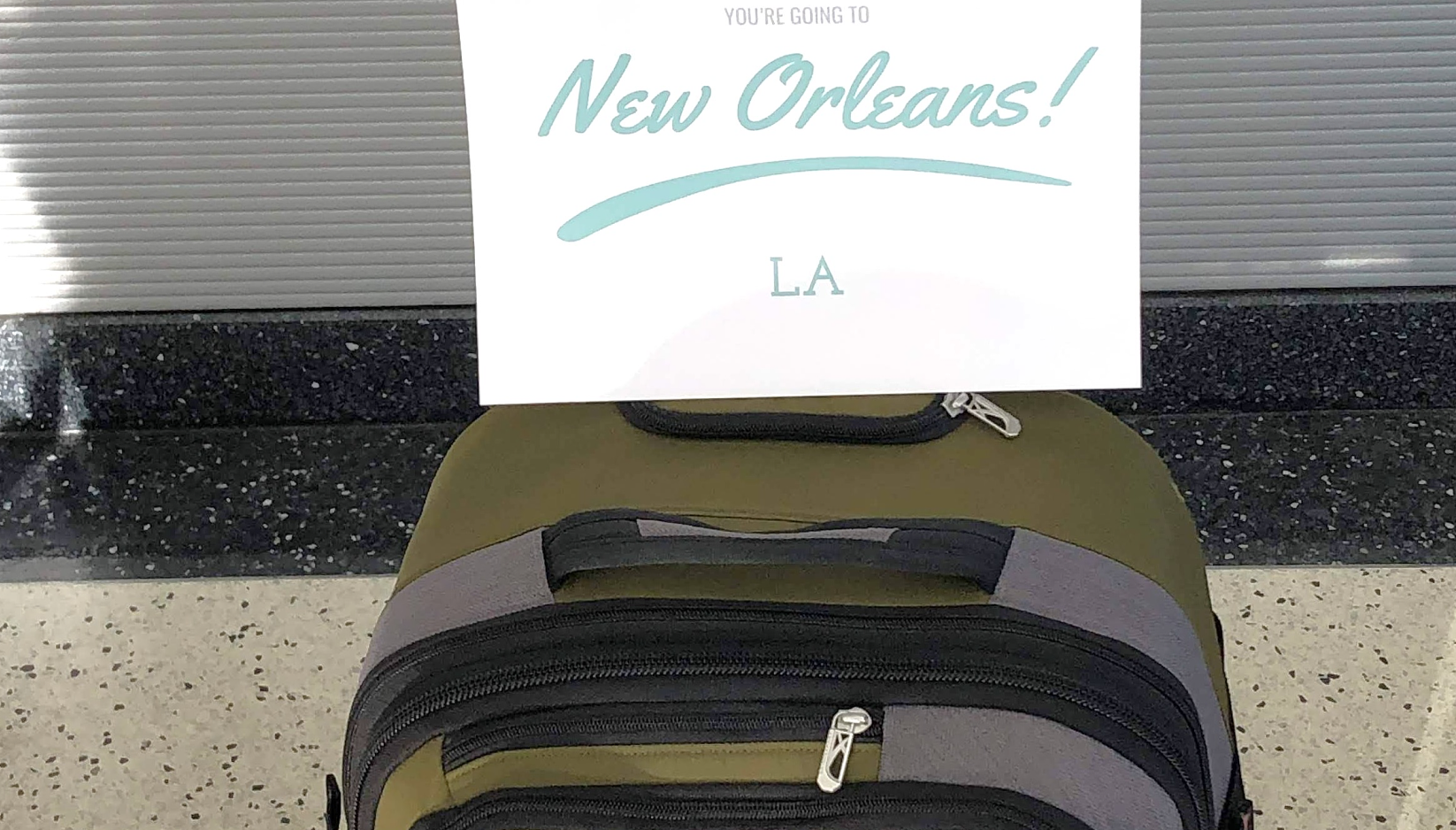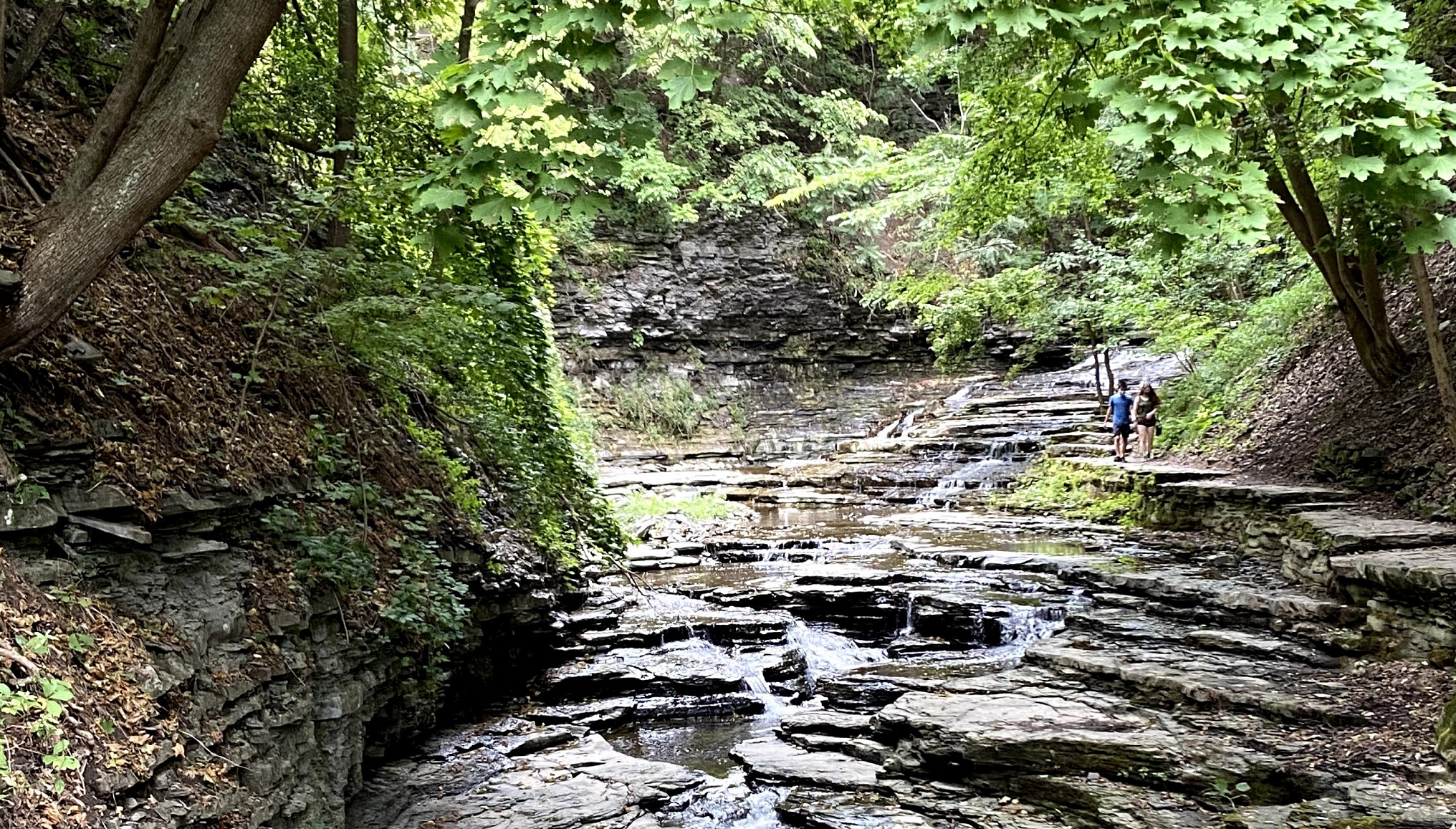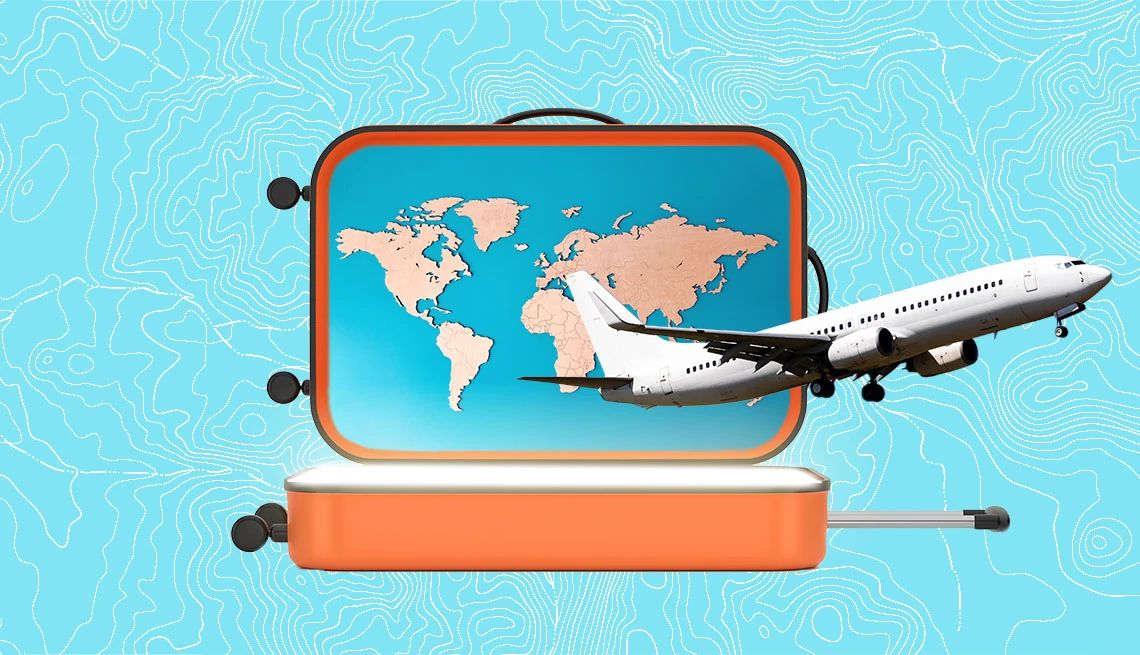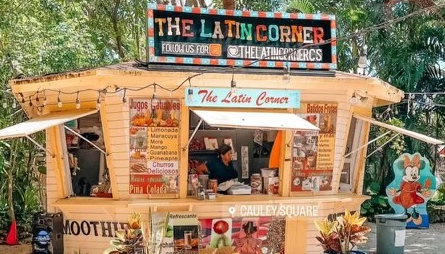AARP Hearing Center
All Kaye and Jim Peloquin stipulated before their first “mystery” trip was that they wanted to go somewhere warm for four days and that they liked food and history. When they arrived at the airport, they opened an envelope to learn they were headed to New Orleans.
“The funny thing was that New Orleans was a place we had always talked about wanting to visit,” says Kaye, 59, who lives in Lancaster County, Pennsylvania. “It was like Pack Up + Go was fulfilling a dream of ours.”
The Peloquins paid that Pittsburgh-based company to plan their mystery trip, which included airfare, hotel, a food tour and tickets to the National WWII Museum. They enjoyed the hassle-free experience so much that they’ve taken two other trips around the country.


They’re not alone. A recent Booking.com survey found that 52 percent of global travelers want to book trips where the destination remains a mystery until arrival.
Mystery or “surprise” vacations where the destination is hidden until the last minute are gaining in popularity as travel continues to rebound to pre-pandemic levels and people seek more spontaneity and less stress in their vacation planning.
At least 15 web-based companies offer mystery travel packages either in the U.S. or internationally.
Vacationers 50-plus comprise a large share of mystery travelers, some companies say. Pack Up + Go notes 33 percent of participants are 50-plus, including empty nesters, people too busy to plan a trip and those celebrating a milestone.
Trusting someone else to plan a trip can be a little scary, but it also provides a sense of freedom and adventure.
“My husband and I were like, ‘What if this is horrible?’ ” Kaye Peloquin says. “But I was really busy in my career, and I just didn’t have the time to plan travel. It’s exhausting, and it takes a lot of research.”


How it works
Although there are small differences between companies, the general concept of mystery travel is similar. You choose how to travel (by plane, train or car) and provide a financial budget based on how many people will travel for how many days. Then you fill out a 10-15-minute survey about past trips (so you aren’t sent somewhere you’ve been), interests, preferences (Do you like the beach or the mountains?) and any dietary or mobility restrictions.
London-based Brown & Hudson uses a psychological-based survey to tailor surprise travel worldwide to each traveler’s personality. Pack Up + Go’s pre-trip survey includes a checklist of about 35 interests. Because of that, “no two trips are the same,” says Lillian Rafson, who founded Pack Up + Go in 2016.





























































.jpg?crop=true&anchor=22,526&q=80&color=ffffffff&u=2xkwh0&w=1999&h=1139)

